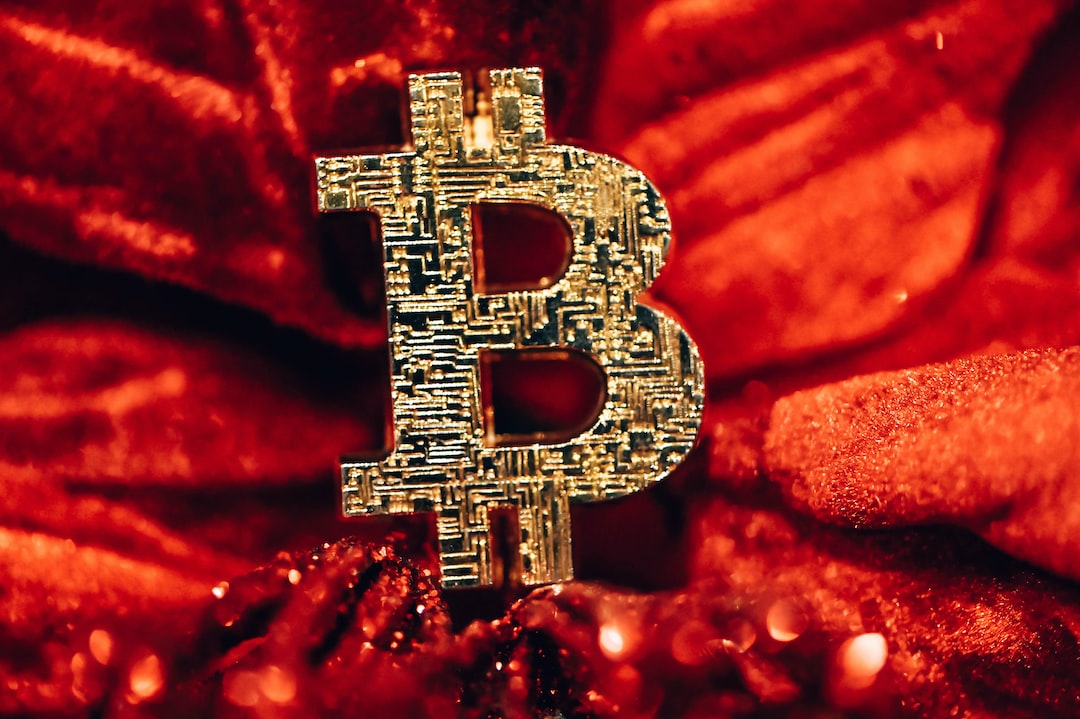The Evolution of Cardano: A History of Hard Forks and Development Eras
Cardano, one of the leading cryptocurrencies in the industry, has undergone several hard forks and development eras that have helped shape its growth and success. These upgrades aim to enhance the blockchain’s functionality, decentralization, and scalability, allowing it to compete with other Web3 platforms like Ethereum and Solana.
Understanding Hard Forks
A hard fork in the crypto world refers to a network upgrade that splits an existing blockchain into two separate paths. While one chain continues to follow the old rules, the other implements improved architecture and operational rules. Cardano’s hard forks are designed to infuse the network with new features, scalability, and decentralization. These changes contribute to Cardano’s goal of creating a robust and adaptable blockchain ecosystem.
The Byron Era: Laying the Foundation
The Byron era was focused on building a secure platform for Cardano. It introduced the network’s first users and established the principles of blockchain technology. During this era, Cardano operated under a federated model, ensuring stability and security while laying the groundwork for future decentralization.
The Shelly Era: Decentralizing Cardano
The Shelly era marked a turning point for Cardano as it transitioned from a centralized network to one that allowed stakeholders to participate in its operation. Staking and delegation were introduced, enabling ADA holders to earn rewards by contributing to network security. This era also saw the Mary hard fork, which laid the foundation for Cardano’s DeFi ecosystem by allowing users to create personalized tokens.
The Goguen Era: Smart Contracts and Beyond
The Goguen era brought excitement as Cardano finally introduced smart contracts through the Plutus programming language. This era witnessed the birth of DeFi platforms, NFTs, and a vibrant ecosystem on the Cardano blockchain.
The Alonzo Hard Fork: Unlocking Smart Contract Capabilities
The Alonzo hard fork, a significant event in the Goguen era, enabled Cardano to become a smart contract platform. It opened up new opportunities and applications for the network. However, the lead-up to the fork resulted in a sell-off and a decline in ADA price.
The Basho Era: Optimization and Scalability
The Basho era focuses on optimizing Cardano’s performance and scalability. Discussions around implementing Hydra, a Layer 2 scaling solution, are underway to improve transaction speeds and throughput.
The Vasil Hard Fork: Making Cardano More Accessible
The Vasil hard fork aimed to increase Cardano’s block size, allowing more transactions per block. This upgrade simplified the process of creating dApps and facilitated the growth of platforms within Cardano’s ecosystem.
The Voltaire Era: Decentralized Governance
The upcoming Voltaire era will introduce decentralized governance to Cardano. Community members will be able to submit improvement proposals that ADA holders can support or deny. Additionally, a treasury system will fund future development, marking the network’s full decentralization.
Hot Take: The Pros and Cons of Cardano Hard Forks
Cardano’s history of hard forks has brought numerous benefits to the network, including enhanced functionality, scalability, and decentralization. However, these upgrades have also been accompanied by periods of excitement and disappointment, as seen in the market’s reaction to the Alonzo hard fork. Nonetheless, Cardano remains one of the most popular Layer 1 networks due to its scalability, decentralization, and security features.
In conclusion, Cardano’s evolution through hard forks and development eras has positioned it as a formidable player in the crypto space. Understanding its history provides valuable insights into its growth and potential for the future.
Daniel Lycon emerges as an intellectual polymath, gracefully merging the roles of crypto analyst, dedicated researcher, and editorial virtuoso. Navigating the intricate tapestry of digital currencies, Daniel’s keen insight resonates harmoniously with a diverse range of inquisitive minds. His adeptness at deciphering the most intricate threads of crypto intricacies flawlessly complements his editorial prowess, transforming complexity into an eloquent symphony of comprehension.

